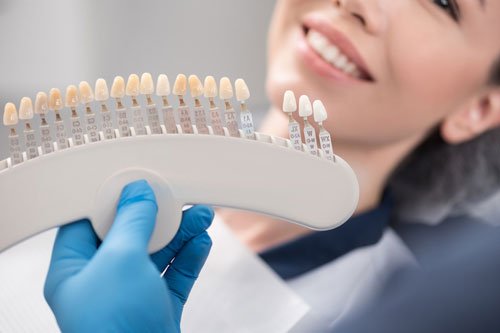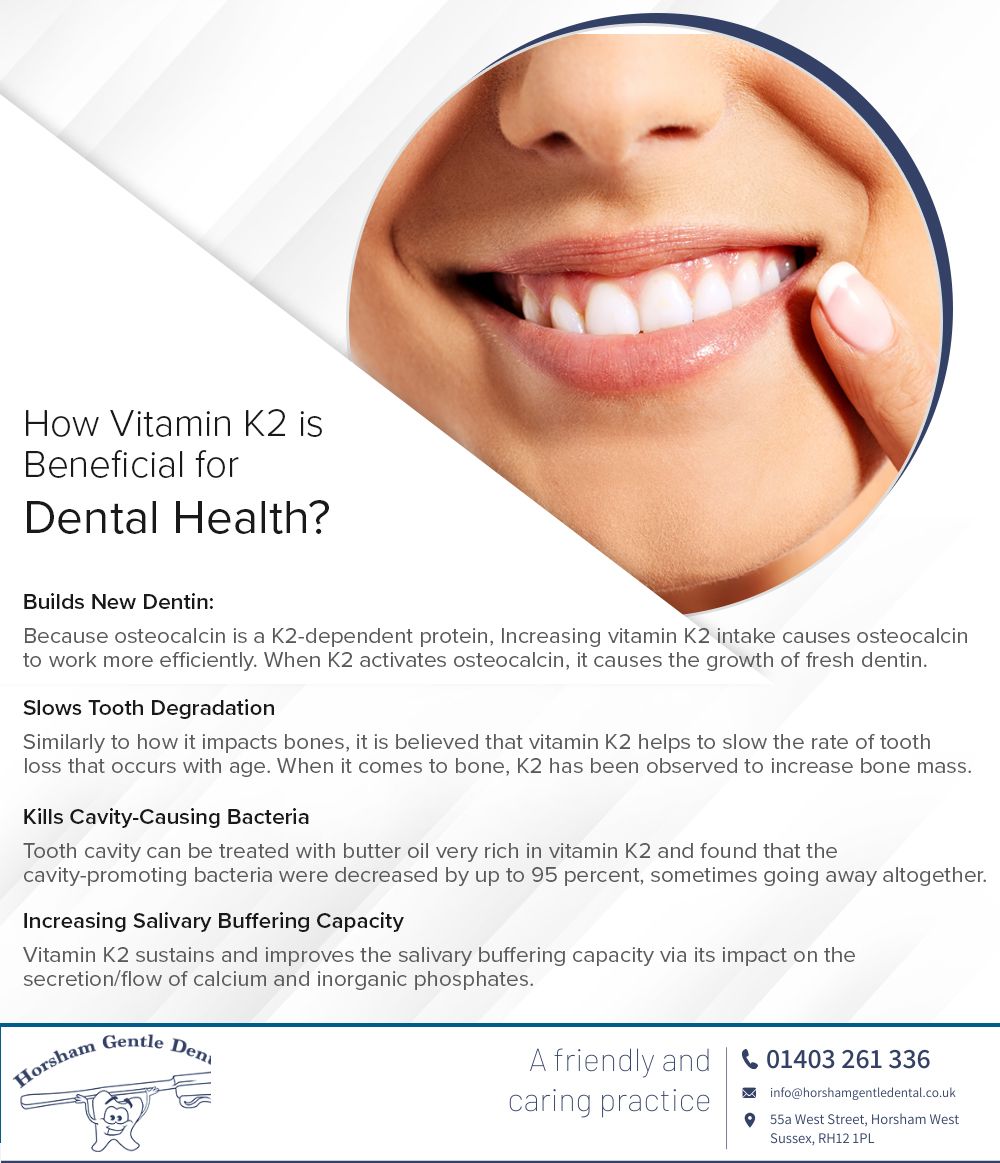White Dots On My Teeth

The appearance of white dots on teeth can be a concerning issue for many individuals, affecting not only the aesthetic appeal of one’s smile but also potentially indicating underlying oral health problems. These white spots, which can vary in size and opacity, are often noticed after teeth have been cleaned or during dental examinations. Understanding the causes, implications, and treatments of white spots on teeth is crucial for maintaining optimal oral health and addressing any related cosmetic concerns.
Causes of White Spots on Teeth
Fluorosis: This condition occurs due to excessive fluoride exposure during the formation of teeth, leading to discoloration that can range from minor white spots to significant brown staining. Fluorosis is more common in areas where the water supply has high levels of fluoride.
Enamel Hypoplasia: A condition where the enamel does not form properly, often resulting in white or yellowish spots. This can be due to genetic factors, trauma, infection, or nutritional deficiencies during tooth development.
Dental Decay (Early Stages): The initial stages of tooth decay can sometimes appear as white spots, especially when the decay is just beginning to affect the enamel. These spots are often softer than the surrounding enamel.
Plaque and Tartar Buildup: Poor oral hygiene can lead to the accumulation of plaque and tartar on the teeth, which may appear as white deposits, especially around the gum line.
Acid Erosion: The consumption of acidic foods and drinks can erode the enamel, leading to the appearance of white spots or transparency on the teeth, particularly on the surfaces of the teeth that are most exposed.
Implications and Concerns
The presence of white spots on teeth can have both aesthetic and health implications. From a cosmetic standpoint, these spots can affect the uniformity and brightness of one’s smile, potentially impacting self-confidence. Beyond aesthetics, white spots can signal early stages of dental issues such as decay or erosion, which, if left untreated, can progress into more significant problems, including cavities, sensitivity, and even tooth loss.
Diagnosing White Spots
A dental professional will typically diagnose the cause of white spots through a combination of visual examination, patient history, and sometimes radiographic images (X-rays). The location, size, and appearance of the spots, along with the patient’s diet, hygiene habits, and medical history, can provide clues to their origin.
Treatment Options
The approach to treating white spots depends on their cause and severity. Here are some common treatment strategies:
- Fluoride Treatment: For early stages of decay or sensitivity, fluoride varnishes or toothpaste can help remineralize the tooth enamel.
- Dental Bonding: A cosmetic procedure where a tooth-colored resin is applied to the tooth to cover the white spot, improving the appearance of the tooth.
- Veneers: Thin layers of porcelain or composite material that are bonded to the front of the teeth to change their color, shape, or size.
- Microabrasion: A technique used to remove minor decay or stains by gently abrasion of the tooth surface.
- Good Oral Hygiene: Regular brushing, flossing, and dental check-ups are crucial in preventing and managing white spots caused by plaque, tartar, or early decay.
Prevention
Preventing white spots involves maintaining good oral hygiene practices, including regular brushing and flossing, reducing sugar intake, avoiding excessive consumption of acidic foods and drinks, and visiting the dentist regularly for check-ups and cleanings. Fluoride use, as recommended by dental professionals, can also help in preventing tooth decay and strengthening tooth enamel.
Conclusion
White spots on teeth can stem from a variety of causes, ranging from cosmetic issues like fluorosis to signs of early dental problems such as decay. Understanding these causes and seeking professional dental advice is key to addressing both the aesthetic and health implications of these spots. With the right diagnosis and treatment, it’s possible to improve the appearance of one’s teeth and prevent the progression of underlying dental issues.
How can I prevent white spots from appearing on my teeth?
+Preventing white spots involves a combination of good oral hygiene practices, such as regular brushing and flossing, reducing sugar intake, limiting consumption of acidic foods and drinks, and maintaining regular dental check-ups. Additionally, using fluoride as recommended by dental professionals can help prevent tooth decay and strengthen tooth enamel.
Are white spots on teeth always a sign of a dental problem?
+Not always. While white spots can be indicative of early dental issues such as decay or erosion, they can also be caused by cosmetic factors like fluorosis, which may not necessarily signify an active dental problem. A dental professional can diagnose the cause and determine if treatment is necessary.
Can white spots be removed or treated?
+Yes, the treatment for white spots depends on their cause and severity. Options can range from fluoride treatments for early decay, to cosmetic procedures like dental bonding or veneers to improve appearance, and microabrasion for minor stains or decay. Consulting a dental professional will help determine the best course of action.


